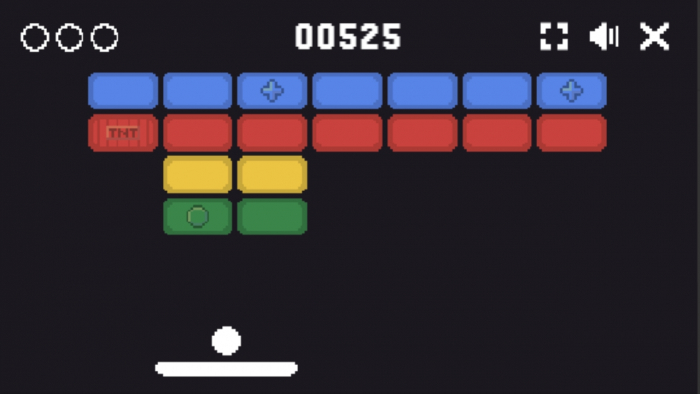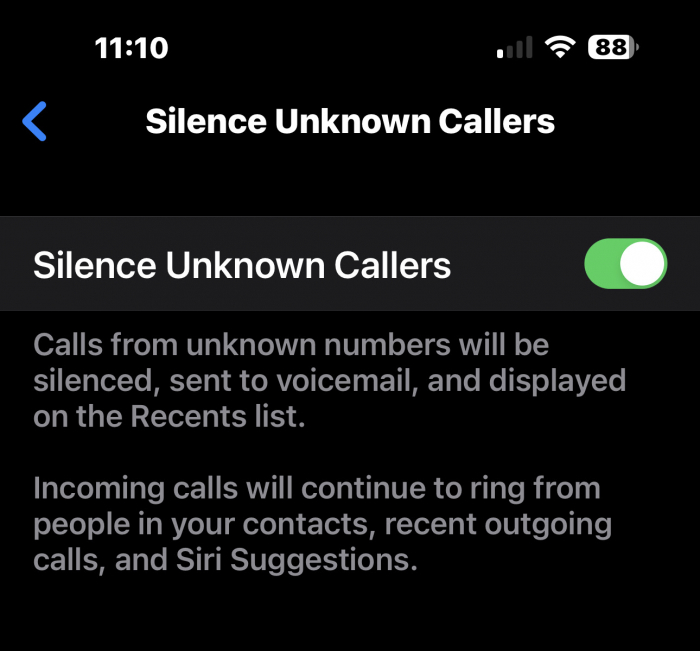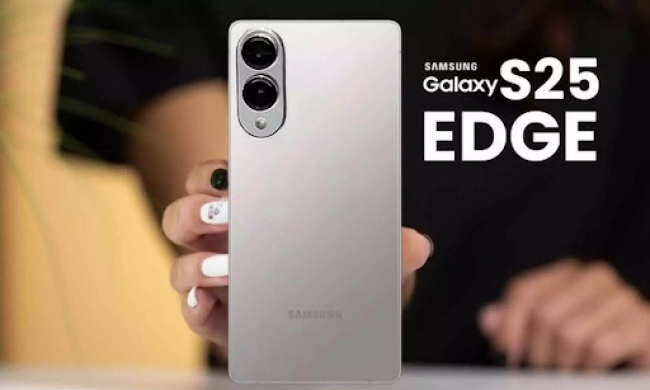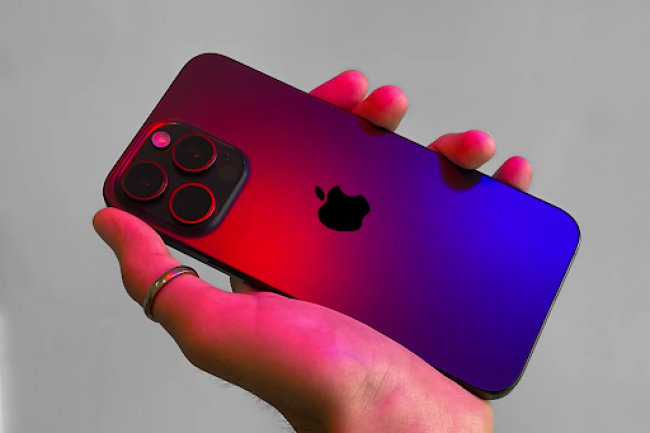I remember the first time I played Breakout — bouncing a ball off a paddle, trying not to let it drop, aiming at blocks... Google Block Breaker captures that same simple joy. It’s a modern take on the block-breaker / brick-breaker genre.
What is Google Block Breaker
Google Block Breaker is an online arcade‐style game where you control a paddle to bounce a ball and break blocks. You clear all the blocks to move on, collect power-ups, increase the difficulty over levels, and try to keep lives by not letting the ball fall past the paddle. It’s casual, fast to pick up, and satisfying in small bursts.
There are versions hosted on browser gaming sites (HTML5), and there are apps inspired by similar mechanics.
Origins & History
The idea is rooted in Atari Breakout (1976), the original brick‐breaker game.
Google has also had Easter eggs relating to Breakout, such as “Atari Breakout” in Google Images (turning image results into breakable blocks), though that was discontinued at some point.
Modern incarnations like Google Block Breaker build on that tradition: simple graphics, classic gameplay, with enhancements.
How to Play
Controls / Platforms
- On browser: use mouse or trackpad, sometimes keyboard (left/right arrows) to move paddle.
- On mobile/tablets: touch/swipe controls to move paddle.
Gameplay Mechanics
- You have a paddle at the bottom, a ball that bounces off the walls and the paddle, and blocks covering the top portion.
- Break all blocks to finish the level.
- If the ball drops past the paddle, you lose a life. Game over when lives are gone.
- There are increasing levels of difficulty: block layouts get more complex, maybe faster ball speed, or different block types.
- Some versions include power-ups: multi-ball, larger paddle, maybe lasers or special blocks.
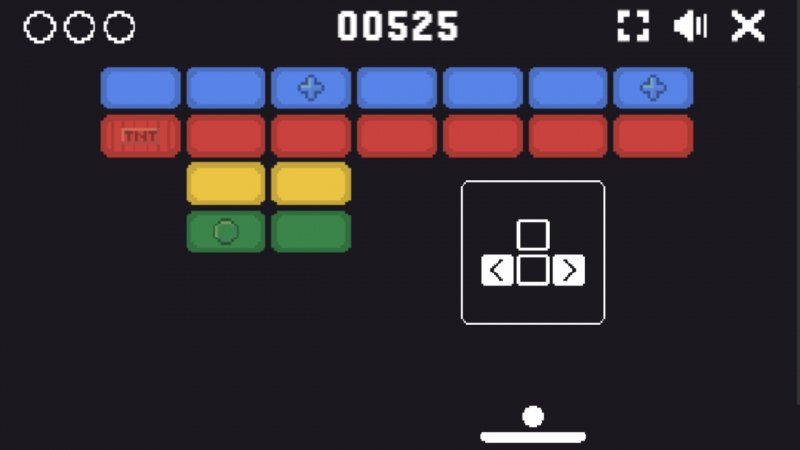
What Makes It Fun / Special Features
- Simplicity: easy to understand, no complex rules. Good for quick gaming sessions.
- Nostalgia: reminds people of arcade cabinets or early console games.
- Incremental difficulty: You feel your skill build up from level to level.
- Power-ups & special blocks add variety and strategy. It’s not just reflexes but some planning.
- Accessibility: playable from browsers, sometimes on mobile; no big install required.
Tips & Strategies
- Aim for corners of blocks — hitting near edges gives sharper angles and can clear clusters.
- Prioritize catching power-ups early (especially ones that help your paddle or give multiple balls).
- Keep the paddle centered when possible so you can react to bounced balls quickly.
- When multiple balls are in play, don’t try to track all of them; focus on staying alive and keeping at least one ball in play.
- Learn the block layout before launching the ball — some levels have tricky layouts or blocks that need multiple hits.
Why It’s Popular
- It’s a quick stress relief: short cycles, satisfying visuals.
- Appeals to multiple age groups: younger players like the simple mechanics; older ones get the nostalgia.
Because it’s browser-based, you can play almost anywhere without powerful hardware.
Visuals and feedback (ball bounce sounds, block break effects) give satisfying immediate reward.
Possible Drawbacks or Challenges
- After many levels, repetitive gameplay might feel monotonous if features don’t evolve.
- Sometimes, power-ups or special block types can make the difficulty spike abruptly.
- On mobile, touch controls may be less precise, especially at high speed levels.
- Lives/level reset systems can be punishing for casual players.
Conclusion
Google Block Breaker isn’t trying to reinvent gaming. What it does is revive a beloved formula and polish it: clean gameplay, nostalgic feel, satisfying mechanics. If you like fast-paced, reflex-based games with a dash of strategy, this is right up your alley.
Post Comment
Be the first to post comment!
